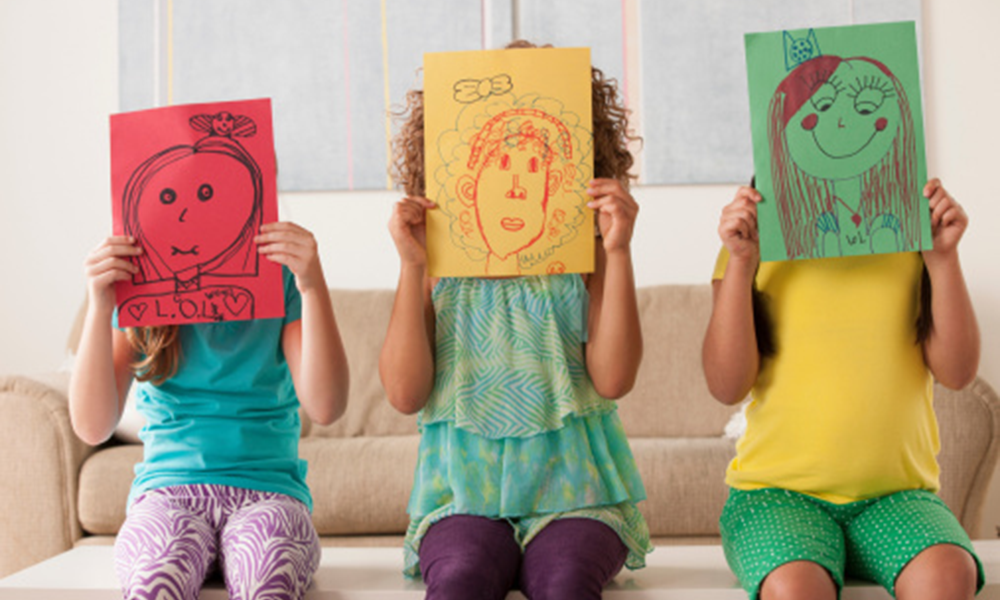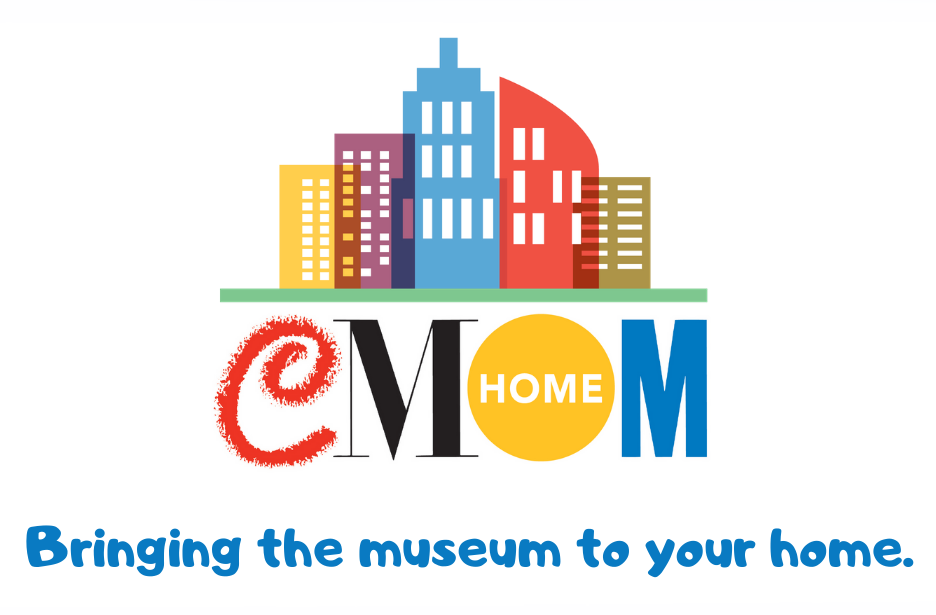Learn Together
Children as young as three years old have been shown to exhibit gender stereotypes, racial prejudice, and preference for their own race. This activity helps children to better understand the complex issues related to prejudice and stereotypes, revealing why it is important to understand and talk about biased assumptions.
Materials
- Paper plates
- Markers, crayons, colored pencils, paints, or oil pastels
- Yarn, string, feathers, cloth, and other textures and fabrics
- Buttons, beads, raisins, cereal, and other small pieces
- Scissors
- Glue

Create Together
People see our “outside” selves and may think something about us without knowing our “inside” selves.
- Draw your “Outside me” on the back of a paper plate.
- What color are your eyes? Use buttons or beads that match the color and shape of your eyes.
- Feel your hair. What materials can you use that look and feel most like your hair? Is your hair long and thick like yarn? Is your hair short and curly like elbow macaroni? Cut and shape your hairstyle and glue it onto the plate.
- Color your skin tone with markers, crayons, or paint. Make sure to leave space for writing on your plate!
Let’s look at the meaning of the word prejudice. Break it into two parts “pre” and “judge.” When we have an idea about someone and make a judgment, but we don’t know them, we are judging them. This is called prejudice.
- What is something someone might think about you just from looking at you?
- Has anyone thought your favorite color was pink because you’re a girl? Maybe because you are little, someone thought you were weak? Has anyone said your hair was strange?
- How did this make you feel?
- Why do you think someone might think that about you?
- Write a few words or sentences that you think someone might think or say about you from your outside. What’s the difference between what others might say or think about you and how you truly are on the inside?
- Flip the plate over — this will be your “Inside me.”
- Draw a heart or circle. Inside write words or phrases that describe who you are on the inside using your favorite colors.
- When you’re finished hang up your paper plates on a wall or display them together and talk about the activity.
- How did this help you understand the meaning of prejudice?
- What can we do if we notice or experience prejudice?
- How can we try to stop it from happening?
Adapted from a lesson by Vanessa D’Egidio, The School at Columbia University New York, N.Y.
Learn more about Supporting kids of color amid racialized violence.

